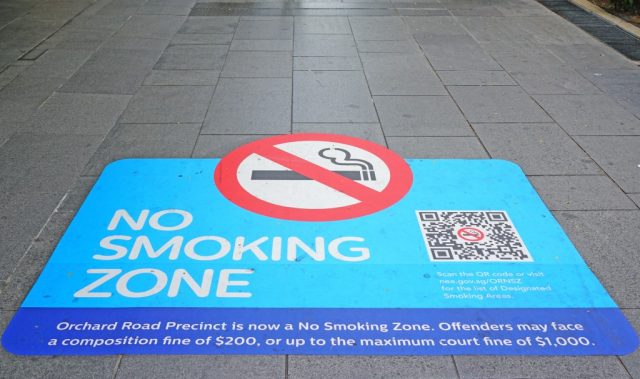
AsianScientist (Sep. 29, 2014) – In a study published in the journal Immunity, researchers at Duke Medicine and Duke-NUS Graduate Medical School Singapore detail how the Yersinia pestis bacteria that cause bubonic plague hitchhike on immune cells in the lymph nodes and eventually ride into the lungs and the blood stream, where the infection is easily transmitted to others.
The insight provides a new avenue to develop therapies that block this host immune function rather than target the pathogens themselves, a tactic that often leads to antibiotic resistance.
“The recent Ebola outbreak has shown how highly virulent pathogens can spread substantially and unexpectedly under the right conditions,” said lead author Dr. Ashley L. St. John, assistant professor, Program in Emerging Infectious Diseases at Duke-NUS Singapore. “This emphasizes that we need to understand the mechanisms that pathogens use to spread so that we can be prepared with new strategies to treat infection.”
While bubonic plague would seem a blight of the past, there have been recent outbreaks in India, Madagascar and the Congo. And it’s mode of infection now appears similar to that used by other well-adapted human pathogens, such as the HIV virus.
In their study, the Duke and Duke-NUS researchers set out to determine whether the large swellings that are the signature feature of bubonic plague—the swollen lymph nodes, or buboes at the neck, underarms and groins of infected patient—result from the pathogen or as an immune response.
It turns out to be both.
“The bacteria actually turn the immune cells against the body,” said senior author Dr. Soman Abraham, a professor of pathology at Duke and professor of emerging infectious diseases at Duke-NUS.
“The bacteria enter the draining lymph node and actually hide undetected in immune cells, notably the dendritic cells and monocytes, where they multiply. Meanwhile, the immune cells send signals to bring in even more recruits, causing the lymph nodes to grow massively and providing a safe haven for microbial multiplication.”
The bacteria are then able to travel from lymph node to lymph node within the dendritic cells and monocytes, eventually infiltrating the blood and lungs. From there, the infection can spread through body fluids directly to other people, or via biting insects such as fleas.
Abraham, St. John and colleagues note that there are several potential drug candidates that target the trafficking pathways that the bubonic plague bacteria use. In animal models, the researchers successfully used some of these therapies to prevent the bacteria from reaching systemic infection, markedly improving survival and recovery.
“This work demonstrates that it may be possible to target the trafficking of host immune cells and not the pathogens themselves to effectively treat infection and reduce mortality,” St. John said. “In view of the growing emergency of multi-resistant bacteria, this strategy could become very attractive.”
The article can be found at: St. John et al. (2014) S1P-Dependent Trafficking of Intracellular Yersinia pestis through Lymph Nodes Establishes Buboes and Systemic Infection.
—–
Source: Duke Medicine.
Disclaimer: This article does not necessarily reflect the views of AsianScientist or its staff.












